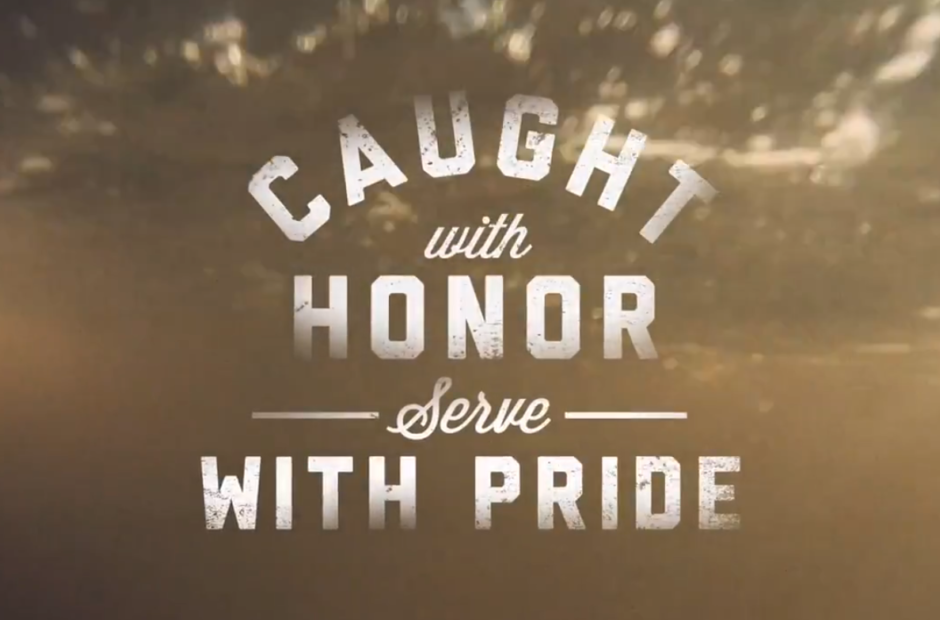


Summertime is seafood season—the perfect excuse to spend a few extra dollars on fresh Alabama Gulf Seafood for you and your family, whether you’re vacationing or you’re here year round.
But if you really want to support Alabama and Gulf fishermen, processors, wholesalers, retailers, and restaurateurs, we strongly encourage you to ask where your seafood came from.
The hard-working men and women of Alabama’s seafood industry harvest $660 million worth of oysters, blue crab, shrimp, and many types of premium fish every year. And when you ask for Alabama Gulf Seafood, you know you’re getting a quality product.
Trouble is, sometimes imported seafood is mislabeled as local product.
“We want our consumers in Alabama to get good, quality seafood,” said Chris Blankenship, Commissioner of the Alabama Department of Conservation and Natural Resources and Program Administrator for the Alabama Seafood Marketing Commission. “That’s why it’s so important to ask where your seafood comes from, to make sure you’re getting local product. If you ask a restaurant or a grocery store where the seafood is from, they have to tell you.”
As with premium products in all industry, there are those who try to pass inferior product off as high-quality stuff to make more money.
“There are some unscrupulous people in all businesses, and it’s no different in the seafood business,” said Blankenship. “Some people will mislabel seafood that’s being sold so that people think they’re getting a better product than they actually are.”
According to Bob Jones, executive director of the Southeastern Fisheries Association, mislabeled seafood has been an issue since right after the Vietnam War when the U.S. government attempted to help rebuild Vietnam’s economy by importing their abundant supply of seafood.
Nowadays, imported shrimp and fish are mislabeled throughout the country. According to a survey done by Oceana, 30 percent of shrimp products in the United States are mislabeled.
“Foreign shrimp are being re-boxed and called Wild American or U.S. Shrimp,” said Jones. “Profit margins are significant for those who commit fraud by changing boxes for imported shrimp to make them American shrimp. This is a big deal as we only have about eight percent of the U.S. shrimp market for domestic shrimp. It’s all about the money.”
Similarly, imported fish are susceptible to being mislabeled because of their appearance.
“Once you fillet a fish, sometimes it’s more difficult for people to tell what they’re getting,” said Blankenship. “When you see something that’s called ‘whitefish,’ that’s probably going to be imported seafood.”
According to Johnny Caradine, a Birmingham-based seafood processor, it’s all about establishing a system of trust with your local seafood providers.
“You have to trust your fishmonger,” Caradine said. “We go to great lengths to give our customers as much information about the fish and where it’s from as we can.”
There are ways to avoid mislabeled seafood product here in Alabama, however.
The best way to make sure you’re getting Alabama Gulf Seafood when you buy from a restaurant or market is a simple one: Just ask.
New traceability programs are also making it easier for consumers to know where their product is coming from.
Thanks to programs like Gulf Seafood Trace, restaurant and market patrons are able to not only confirm that they’re purchasing domestic or Gulf seafood but also learn the processor—and sometimes even the fishermen—that handled their product.
“Gulf Seafood Trace has been a game-changer for certain companies that want to make sure that the quality product they’re producing is given that due in the market, and that it gets the price that it should,” said Blankenship.
Caradine has used Gulf Wild and Fish Trax to ensure a traceability component for his products.
“The fish come tagged with their own tracking number,” said Caradine. “It will tell you the vessel, harvest location, captain, and dealer the fish came from. To me, that’s as traceable as you can get.”
At the end of the day, paying attention to the pricing of seafood and using common sense will help consumers make more educated decisions.
As Blankenship points out, premium seafood being sold at very low prices is a good indication of mislabeling. A grouper basket for $8.00, for example, is probably a cheaper and/or imported fish being labeled as this premium Gulf fish.
Consumers are right to be concerned about mislabeled seafood, and members of Alabama’s seafood industry share those concerns.
“The FDA and state regulatory agencies should be more aggressive in checking the species being served and the fines for cheating should be raised significantly,” said Jones. “Fraud is rampant nationwide and is getting more so as the cost of seafood keeps rising.”
There are regulations in place within Alabama’s seafood industry to ensure that mislabeling is greatly reduced in the near future. The men and women of Alabama’s seafood industry are proud of the product that they catch, process, and sell, and we here at the Alabama Seafood Marketing Commission want to do everything we can to get that product correctly labeled and in restaurants and markets for you to enjoy.
“If you’re getting Gulf seafood, you’re not getting all those chemicals and contaminants from overseas or other places where seafood is raised,” said Blankenship. “If you’re paying for a luxury item like Alabama Gulf Seafood, you should be getting what you’re paying for.”
We hope you’ll indulge in those luxury items throughout this summer. Check out our Find It page to track down markets and restaurants in your neighborhood serving Alabama Gulf Seafood.





